
BELIeVE-DV provides invaluable support during product development, particularly if you’re working on a product for which compliance against an industry standard must be demonstrated. The autogenerated reports – which can include details (such as hardware version/configuration and software build) of the design under test (DUT) along with details of the test equipment (including calibration dates) – can be used as evidence for traceability purposes. BELIeVE-DV can also be used to check the cyber security of your product.
Here are some examples of what BELIeVE-DV can do.
However, before we look at each use case in detail, it’s worth flagging that all operations driven by and all measurements recorded by BELIeVE (-DV and -QA) are consistent – just as you’d expect through computer-controlled automation. For any given test, the conditions will be the same time and time again. There’s no risk of human operator error or misinterpretation of results. In short:

Many industry sectors, such as automotive and aerospace, require product operation be verified over an input power range. For example, how does the DUT cope with brownouts (a temporary reduction in the supply voltage) and blackouts (loss of power)? Does normal operation continue for a defined time? After a set period of time, does the DUT move data from volatile memory to NVM?
BELIeVE can control your networkable benchtop PSU in the following ways: make step changes to its output to simulate sudden brownouts or blackouts (or over-voltages, for that matter) and make small changes to the output voltage to simulate a slowly depleting battery. Indeed, BELIeVE can drive your PSU to follow as lengthy and/or as complex power profile as you wish – or as specified in an internationally recognised qualification standard.

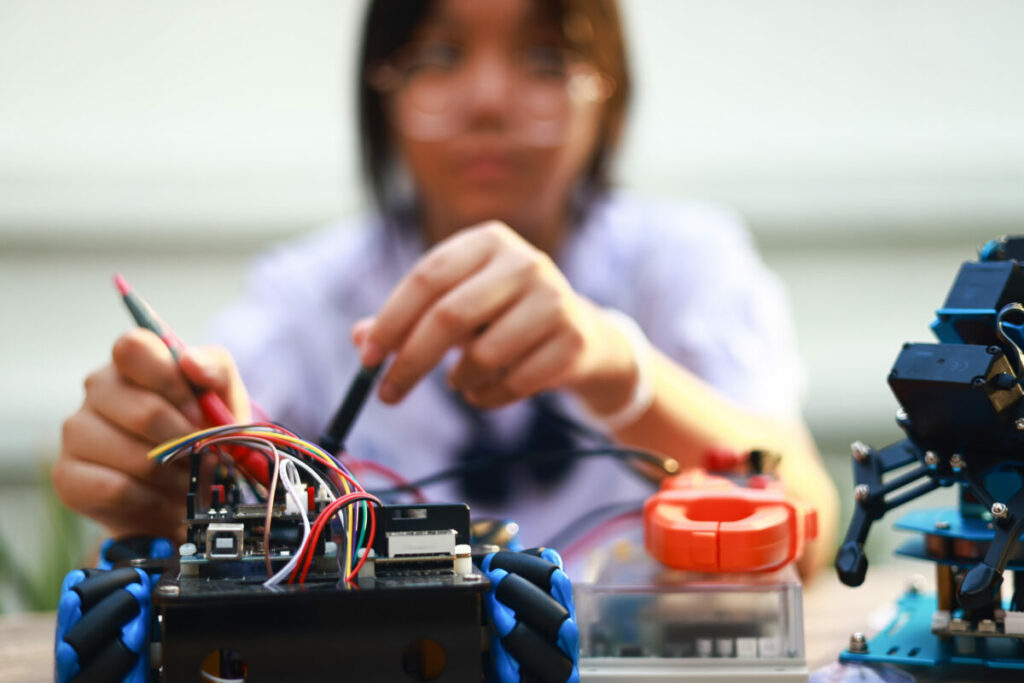
BELIeVE can interface with multiple instruments at the same time and all recordings are timestamped and can therefore be correlated. By placing an Ammeter (or DMM in current mode) in-line with the DUT’s power supply and a voltmeter (or DMM in voltage mode) across your DUT, you can measure and record the power your product consumes during its different modes of operation. Note: these modes of operation
Analogue inputs can be exercised in much the same way as the DUT’s input power; i.e. using your benchtop PSU to apply lower and higher values than expected and to make step changes. For more advanced tests on the DUT’s analogue inputs, a waveform generator can be used to simulate complex waveforms. For measuring analogue outputs, BELIeVE would record measurements from a DMM, oscilloscope or spectrum analyser.
Moreover, tests can be integrated. For example, if your product is to connect to a linear variable differential transformer (LVDT), BELIeVE can record from a DSO to check for the presence of the excitation sinewave (on the DUT’s analogue output) and it can use a waveform generator to replicate the two sinewaves produced by an LVDT.
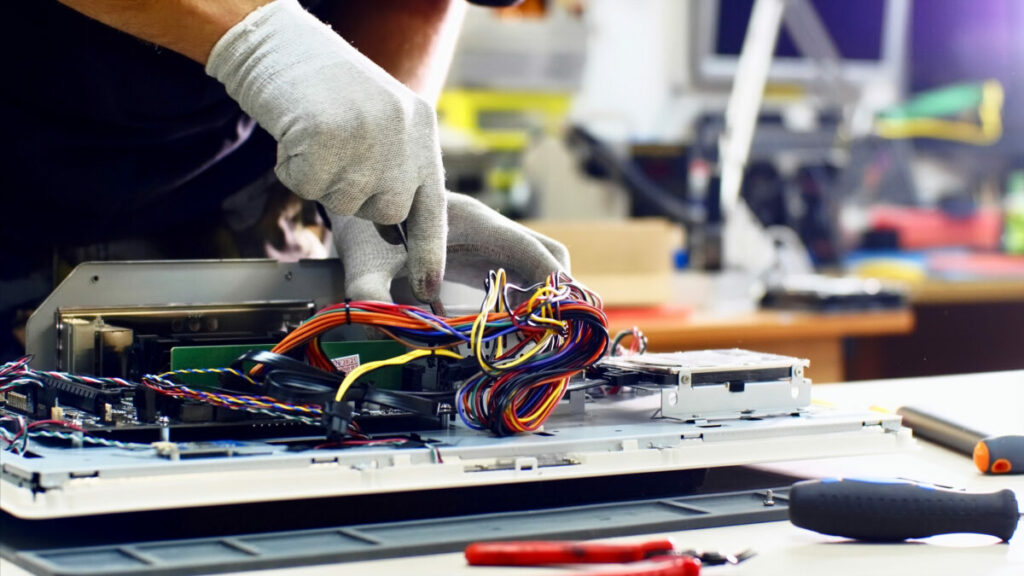

BELIeVE can exercise your product’s digital inputs by driving a digital pattern generator. For example, you may have designed your product to interface with a digital encoder (which outputs Gray code for example) in order to capture a speed or rotary position. Indeed, your product’s PCB might carry several connectors to accept (parallel) digital data, through ribbon cable, from things like keypads, for example. BELIeVE can put data onto those connectors.
BELIeVE can record the DUT’s digital outputs using a DSO or a logic analyser, where the latter is ideal for capturing long traces. Many logic analysers on the market allow for multiple triggers (which can themselves be conditional/sequential). BELIeVE can not only record the data captured pre- and post-trigger but it can also halt or pause the test by removing or freezing input conditions. As a minimum, because all data is timestamped, it will always be possible to cross-reference input conditions to an output. Cause and effect, at its best.
If your product includes wired communication ports, BELIeVE can exercise these – and the comms protocols include USB, Ethernet, CANbus, ARINC-429, MIL-STD-1553, RS-232, 422 and 485, GPIB, I2C, SPI, PCI, SMbus and LVDS.
The verification of comms ports is important for two reasons. Firstly, as you’re likely to have bought and embedded some opensource comms protocols IP, you should really verify that it functions correctly when integrated with the rest of your system. Secondly, many cyber-attacks are made through comms ports, so you should verify that your design handles unexpected communications correctly. Again, BELIeVE’s ability to document test procedures and results gives you the evidence you need to state, with confidence, that your product was designed with security in mind.
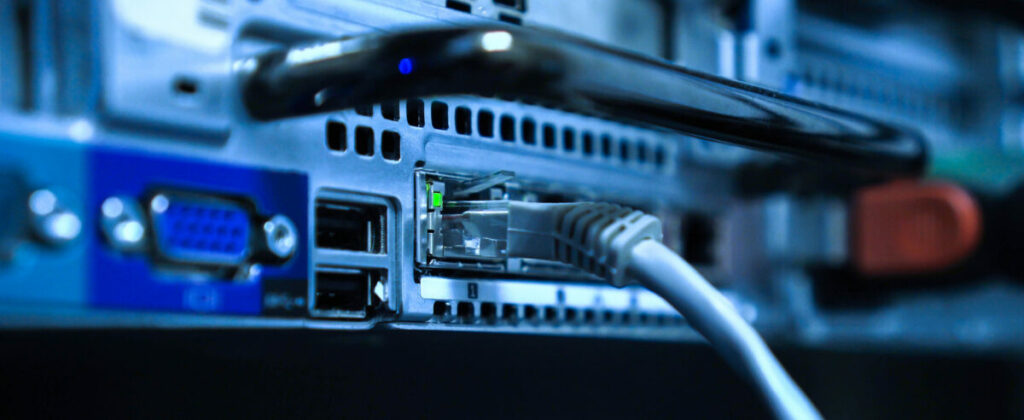

As with wired interfaces, it is equally important to verify that wireless communications – such as those made over Bluetooth, WiFi, Zigbee, ANT Radio Service, LoRa and other popular protocols – function correctly and are as cyber-secure as possible. Indeed, the act of verifying third party IP is repaying the ‘technical debt’, where the debt was incurred by using third party IP to fast track the development of your product.
For example, if your product has Bluetooth and is expected to be able to pair flawlessly with a series of other devices (certain smartphones, for instance) BELIeVE can be used to simulate the Bluetooth handshaking protocols of those other devices. You don’t even need to have the devices to hand. So long as BELIeVE knows the flavour of Bluetooth and/or a little about its stack, you’re in business.
You can also use BELIeVE to verify that your ANT Radio Service protocol is functioning correctly.
BELIeVE can be used to drive a variety of instruments that are designed to simulate the outputs of sensors. For example, some instrumentation OEMs have products that can simulate a thermistor (the resistance of which changes with temperature) or, for more precise measurements, a thermocouple (including cold junction compensation).
Also, many sensors output a current (in the industry standard 4 to 20mA range) proportional to whatever parameter it is they are measuring. BELIeVE can simulate these by driving a current source.
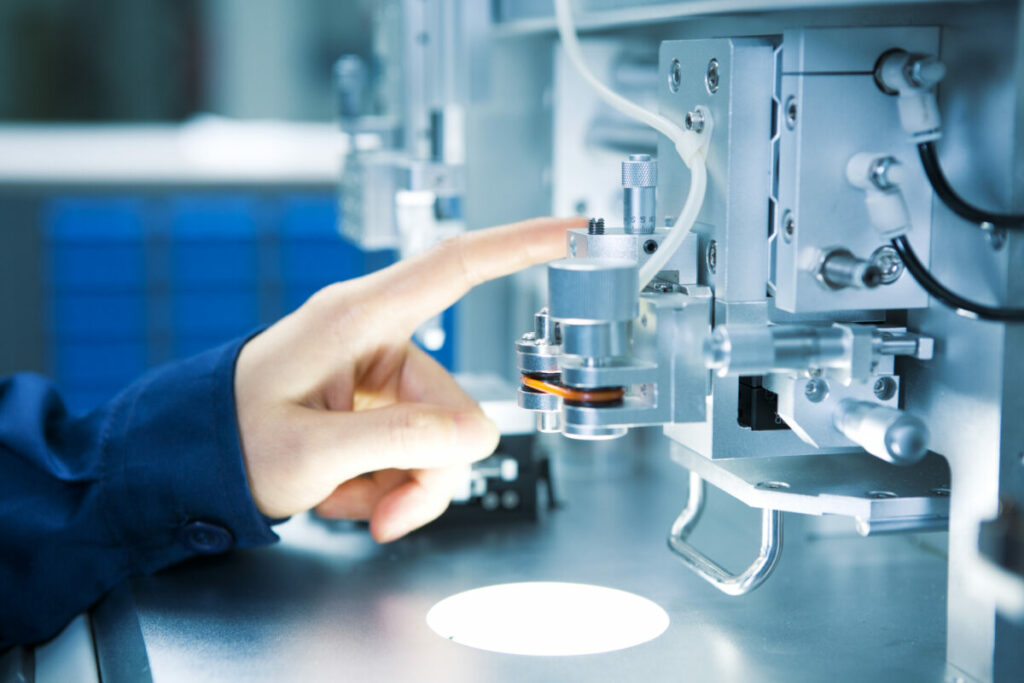
If your product is to interface with mechanical devices such as switches and buttons, BELIeVE can be used to control an interface board. For example, the switching sides of relays on the interface board can be connected to the DUT’ I/O pins that are intended to connect to switches/buttons in the real world.
BELIeVE can drive the relays to simulate user button pushes. Moreover, if your product has several such interfaces, you can quickly exercise all permutations and conditions (long and short button pushes, switch bounce etc.).
You can also use BELIeVE and the interface board to simulate cables being pulled during different modes of operation to observe (via the debugger and/or instruments) how your system reacts to such an interruption. In addition, you can simulate open circuits and shorts in the cables.
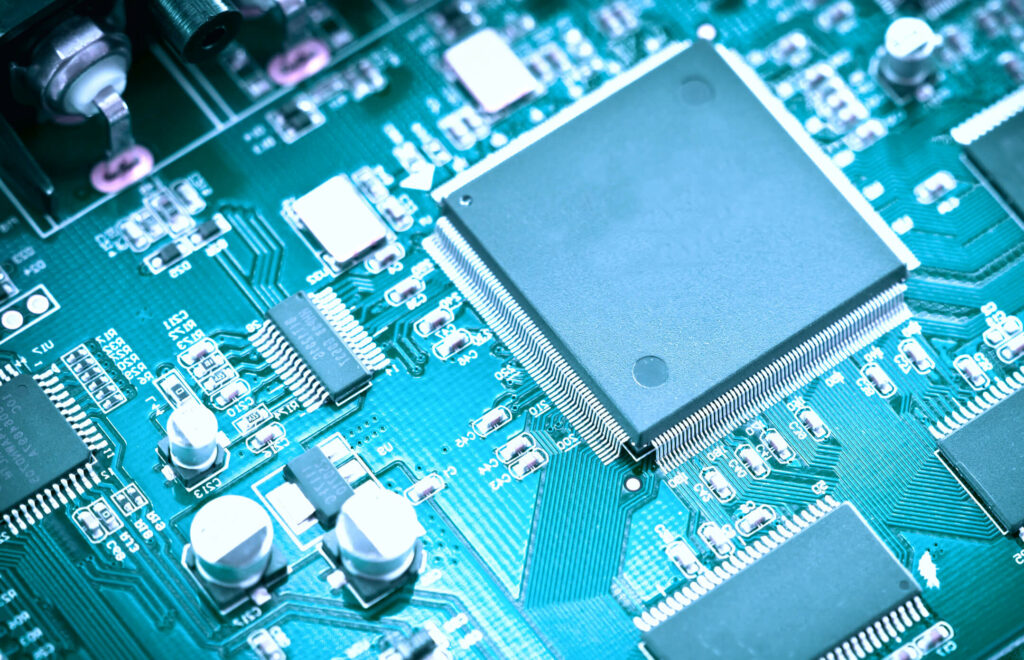
Many products are designed to enter a certain mode or perform a function after a set number of operations, as part of a maintenance strategy that is based on use rather than time in service, for example. However, if the number of operations is large (say 1,000) and the operations have an average cycle time of 2 hours, you won’t want to wait 2,000 hours just to confirm the DUT does what it is meant to.
Through accessing the back channel, BELIeVE can – by writing to a counter in memory, for example – trick the DUT into believing the event milestone has been reached. You can then verify that your products functions as intended.
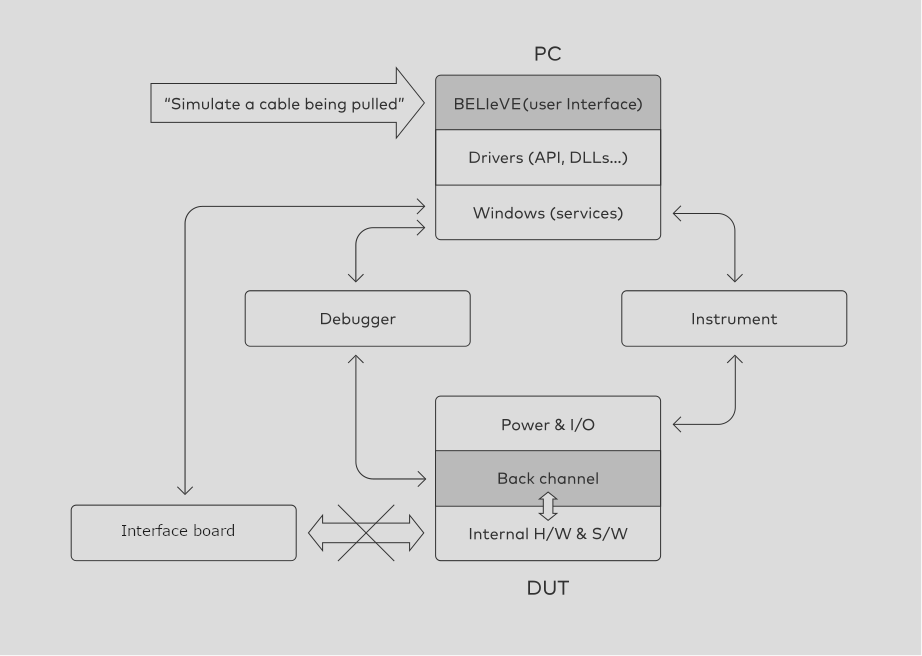
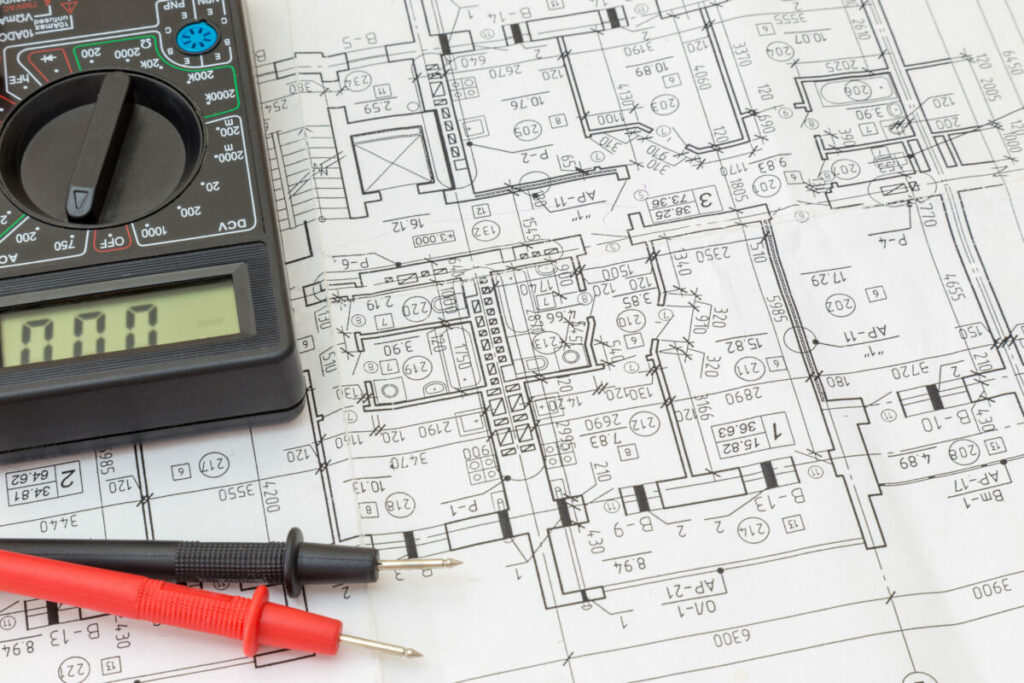
The verification of control systems is essential in many industries – most notably aerospace, automotive and the nuclear, chemical and petrochemical industries – and hardware-in-the-loop (HIL) testing is a common practice. The control system is effectively an embedded system designed to interface with sensors, user interfaces and loads (motors and actuators, for example), and the item being controlled could be something as large and complex as an airframe or part of a chemical processing plant.
HIL simulation is performed as an alternative to testing the control system on its intended platform (as mentioned, an airframe or plant). The hardware elements placed in the loop are the sensors, actuators etc. that will be used in/on the real platform. For instance, in the aerospace industry ‘iron birds’ are used for control system prototyping and verification.
BELIeVE can be used in HIL testing because, through controlling a variety of signal sources, it can provide the DUT (the control system, connected to real hardware) with stimulus. It can also be used as part of a closed loop control system.
HIL testing can be expensive, particularly if you having to book test chambers and time on iron bird rigs. Thankfully, BELIeVE can help you perform many HIL tests on your premises, thus increasing your level of confidence in the design before committing the expense of dedicated test facilities.
As software engineers will know there is a technique known as mocking. Used during product development, mocking modifies the system’s code to force certain behaviour; typically to make the DUT interpret inputs in a different way.
BELIeVE can be used for mocking. For example, if your product is a battery management system (BMS) for an electric vehicle, it may need to accept 800VDC as an input for monitoring purposes. If you don’t have easy access to a battery pack, supplying the BMS with 800VDC will require a dedicated and expensive PSU. However, if you place mocking software on the DUT that has a test mode, BELIeVE can access this through the back channel to treat every 1VDC in as if it were 100VDC. A standard benchtop PSU can easily supply 8VDC, which the DUT treats as if it were 800VDC.
Though the BMS will still need to be tested with the correct input voltage (to exercise the ADC hardware, for example), you can verify that the software is functioning correctly ahead of time. For instance, does the software react correctly to over-voltage situations? This strategy makes best use of your existing test equipment and reduces the amount of time you need to hire specialist test kit.

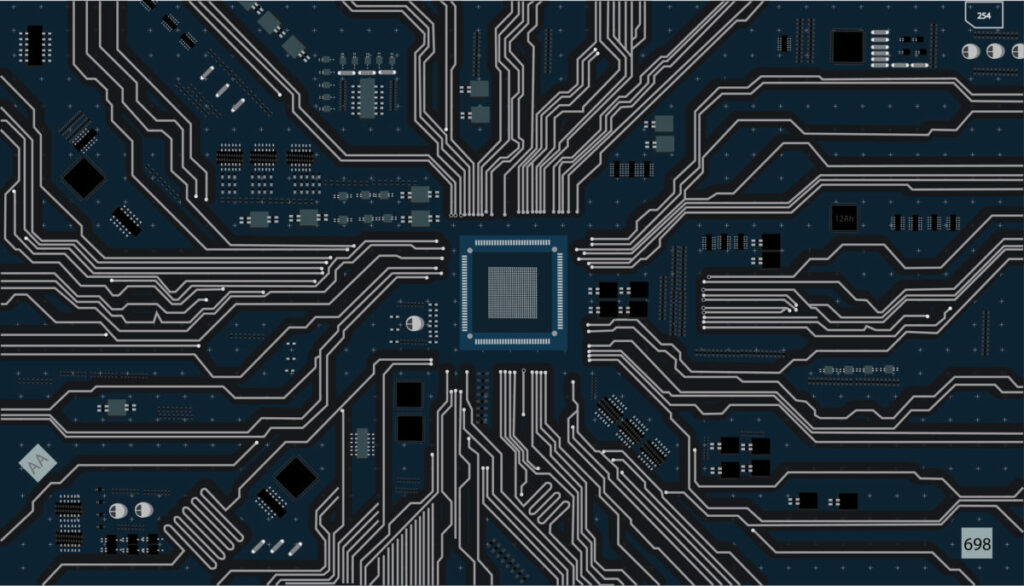
By interfacing with industry standards such as JTAG, or vendor specific systems (such as Microchip’s ICSP), in-system programming (ISP) is possible through BELIeVE.
Device firmware updates through USB or Bluetooth are also possible. Moreover, any custom method you may have developed in-house for ISP can also be replicated in BELIeVE.
Purchase now or alternatively, if you have any questions, you a free and confidential consultation with us and let’s discuss how we can accelerate your engineering programmes and give you greater confidence in your products?
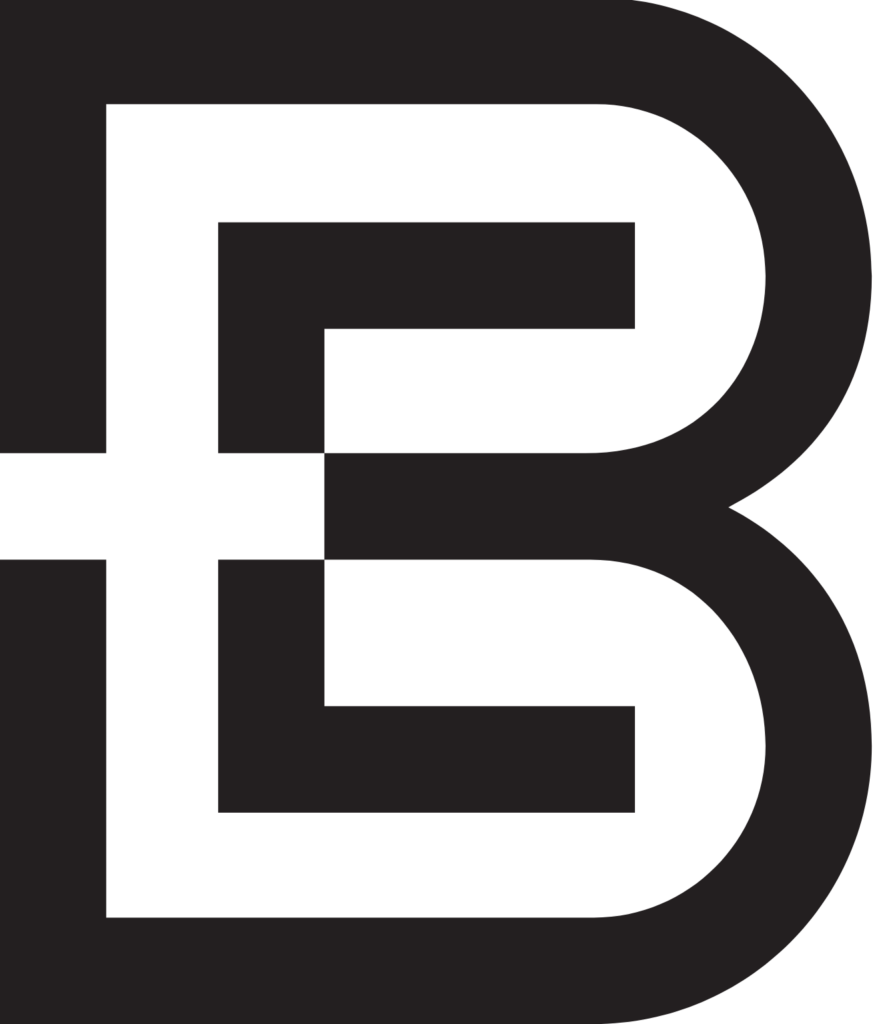
If you have questions about how we can help your business please complete the form below and we will be in touch shortly.
Alternatively, please call us on +44 (0)208 0650 162
Email : [email protected]
Bermondsey Electronics Ltd. is registered in
England and Wales. Registered number: 10524932
VAT Number: 259290869 Registered ofice: Unit
B.505, The Biscuit Factory, 100 Drummond Road,
London SE16 4DG, United Kingdom
T’s & C’s
© Bermondsey Electronics Ltd 2017-2023

FREE 30 Minute Consultation
Do you have a product under development that must function exactly as intended and exhibit high reliability in the field?
If so, we can help.